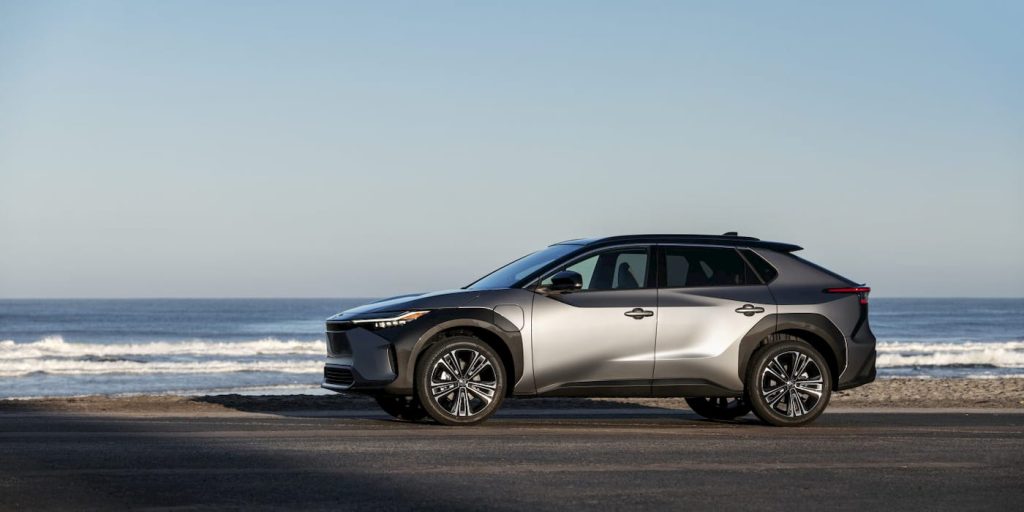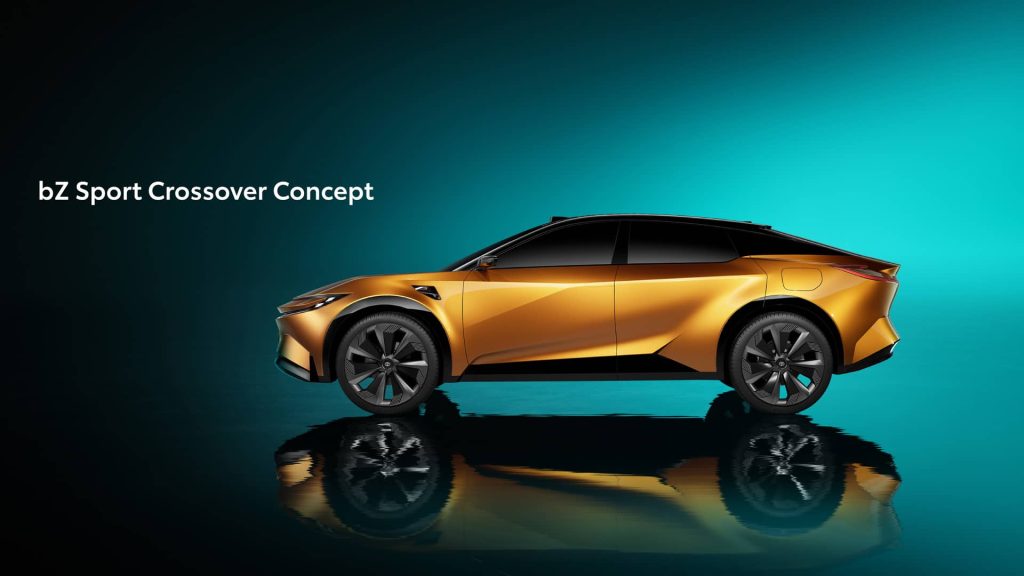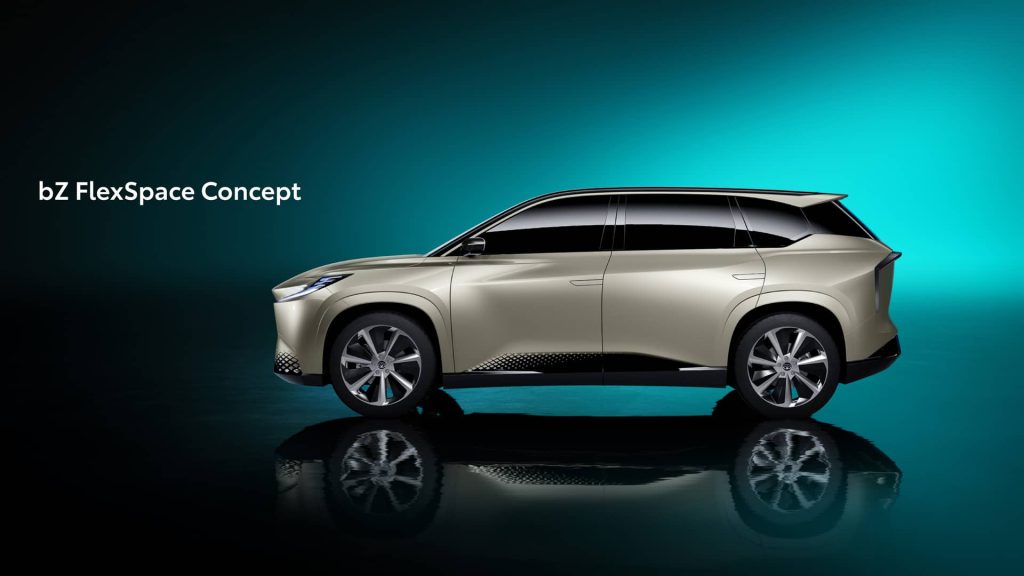
After revealing a slew of new fully electric vehicles aimed at reconnecting with its customer base in China, Toyota’s recently appointed CEO, Koji Sato, says more needs to be done to keep up with the competition.
Anyone following the rise of electric vehicles over the past several years knows Toyota has arguably been the biggest laggard.
After the 66-year-old grandson to the company’s founder, Akio Toyoda, stepped down as CEO in January – one of the most prominent critics of going all in on EVs – many believed the company would change its mindset.
Toyoda has been replaced by former Lexus chief branding officer Koji Sato, who took over the reins of the world’s largest car seller this month.
Sato explained in February under his leadership, Toyota would increase fully electric vehicle efforts with a new business structure and strategy. He added:
Now that the time is right, we will accelerate BEV development with a new approach.
The new strategy includes introducing ten new battery-electric models by 2026, allowing for 1.5 million EV sales annually.
With this in mind, Toyota has struggled with its electric vehicle rollout thus far as it continues to lose market share in key regions. In China, the fastest-growing EV market, Toyota only sold 3,844 units through January, representing a dismal 0.25% of overall sales.

Toyota aims to keep up in China’s expanding EV market
Toyota slashed prices on its first EV introduced in China (and globally), the bZ4X, by up to 15% earlier this year to remain competitive.
The move came after market leaders like Tesla and BYD cut prices in the region, leading to several EV manufacturers following suit in order to keep up.
More recently, Toyota has seen some traction in China. The automaker unveiled its first electric sedan, the bZ3, co-developed with BYD, in October, which generated over 5,000 orders on its first sales day.
Toyota introduced plans to bolster its lineup with two new fully electric models earlier this week.


The first is an electric sport crossover, deemed the bZ Sport Crossover, designed to attract younger and Gen Z buyers in China. It’s second, the bZ FlexSpace concept is designed with families in mind with a focus on utility and ease of use.
During an interview with the media in Tokyo Friday, Sato admitted the automaker must act urgently if it wants to keep up in China’s rapidly evolving EV market, according to Reuters. He said:
We need to increase our speed and efforts to firmly meet the customer expectations in the Chinese market.
Sato added after seeing the impact at the Shanghai Auto Show, he sees China becoming “an advanced market for EVs.”
Although Sato acknowledged the company was producing a small number of EVs compared to other automakers in China, he said it would take a phased approach.
The first step includes improving battery electric vehicle tech and then ramping up production.
Electrek’s Take
Toyota’s urgency to remain competitive in China’s EV market comes after the automaker saw its first sales decline in the country last year in over a decade.
Although Japanese automakers, led by Toyota, account for nearly 20% of the overall Chinese auto market, they represent less than 0.35% of EVs.
China is moving quickly toward fully electric vehicles. Meanwhile, Toyota has been behind the ball. And it’s not only in China. Toyota only sold 24,466 EVs total globally last year, accounting for just 0.25% of its 9.5 million vehicle overall sales.
While Sato insists on taking a phased approach, EV startups and legacy automakers in the region like BYD, Tesla, NIO, XPeng, Geely, and others continue taking market share.
Author: Peter Johnson
Source: Electrek



